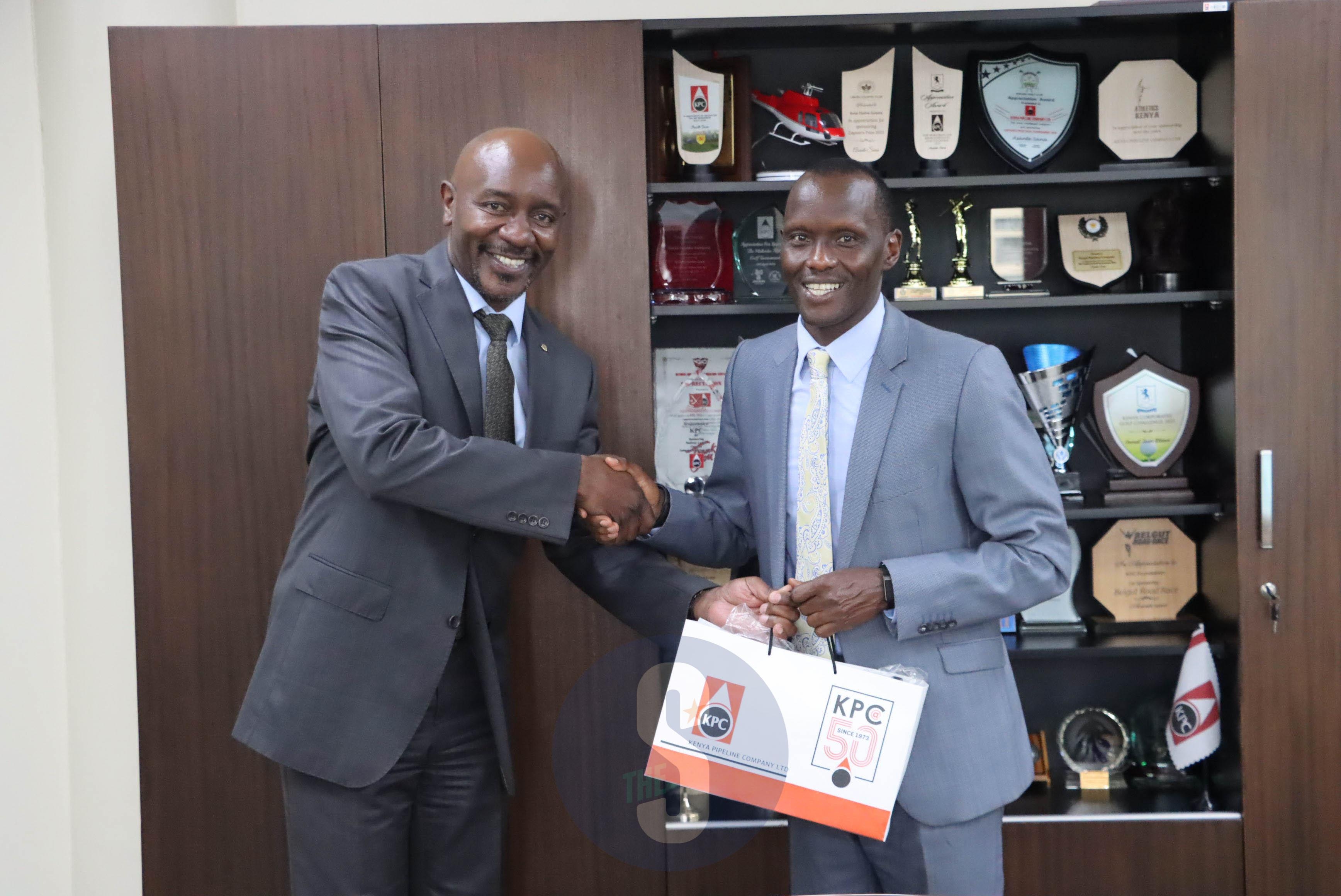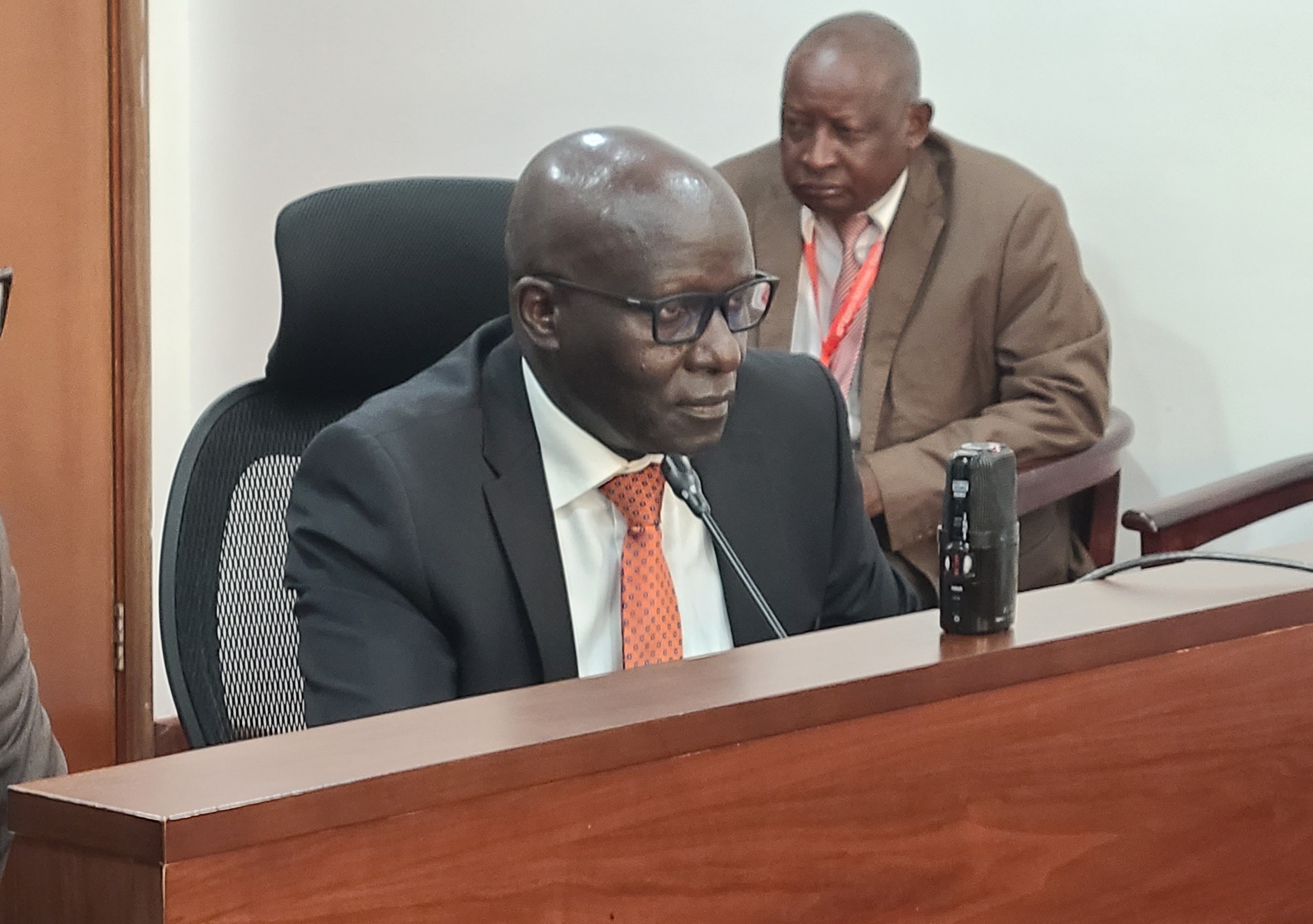Land prices in Nairobi's suburbs rose by an average of 1.3 per cent per acre in the first quarter of 2024, defying the tough economy that depressed average income.
HassConsult's latest land price index shows the average price per acre in the suburbs is now Sh203.7 million, having crossed the Sh200 million mark for the first time in the last quarter of 2023.
Lavington and Spring Valley were ahead of the queue in price growth in the first quarter at four per cent and 3.8 per cent respectively, while Kileleshwa was the only one to record a price decline at a marginal -0.1 per cent.
“The growth in prices across 17 of 18 suburbs, despite the slowdown in pace in the quarter compared to the last quarter of 2023, shows that the upper end of the market is sustaining demand,” said Sakina Hassanali, Head of Development, Consulting and Research at Hass Consult.
Land prices in the satellite towns also rose by an average of 3.03 per cent, with Kiserian, Limuru and Ongata Rongai leading quarterly price gains at 9.4 per cent, 8.4 per cent and 7.8 per cent respectively.
“Satellite towns are driving the revival of land as a competitive asset class with the average annual growth of over 10 per cent," she said.
Hassanali said with the Central Bank of Kenya's projection of a fall in interest rates in coming months, the stable price growth seen over the last two years should make land even more attractive as an asset
According to the report, satellite towns are now poised to overtake Treasury Bills in annual returns.
On an annual basis, 9 out of 14 satellite towns made double-digit price gains, led by Ongata Rongai at 16 per cent.
Developers have also shown a preference for areas whose prices are lower than the satellite town average of Sh28.8 million, as they keep an eye on overall costs due to higher building input prices.
On an annual basis, the price of an acre in the suburbs rose by five per cent, while in the satellite towns, it was up by 11.2 per cent.
Returns in the property market also rose during the quarter under review, with the report showing a 2.7 per cent growth in asking prices across all property despite high-interest rates that pushed up financing costs for developers and buyers.
Although the growth was slower than the 4.1 per cent reported in the fourth quarter of 2023, a positive trajectory indicates the property market retained its resilience, even as banks raised loan rates above 20 per cent.
A stronger shilling (by 17 per cent year-to-date) also subdued foreign investment.
Ridgeways and Loresho led suburbs in quarterly price expansion at 2.9 percent and 2.7 per cent respectively, while in satellite towns, the top performing areas were Juja at 3.4 per cent, Ngong at 2.7 per cent and Limuru at 2.2 percent.
“The rise in asking prices moderated in the first quarter of the year as credit conditions tightened following the increase in the CBK's base lending rate to 13 per cent, sweeping liquidity from the market,''Hassanali said.
On the rental market, prices went up by 0.4 per cent in quarter one 2024, slowing from 2.5 per cent in the fourth quarter of 2023 as the economy slowly returns to stability.
In Nairobi's 18 suburbs and 14 satellite towns, only Muthaiga and Ridgeways reported falling rental prices in the quarter.
All the others managed to increase their asking rents, albeit on a lower scale compared to the previous quarter.
“Although inflation has fallen since the beginning of the year, the economy remains generally subdued, muting growth in rental yields to 6.9 per cent in March from 6.7 per cent in December 2023,” Hassanali said.
Tenants in the rental market also considered other factors such as accessibility and convenience when choosing where to let.
For this reason, Westlands, which is served by a good road network and has emerged as the most attractive business district in the city, reported a 5.8 per cent increase in asking rent, outperforming all other suburbs.

















